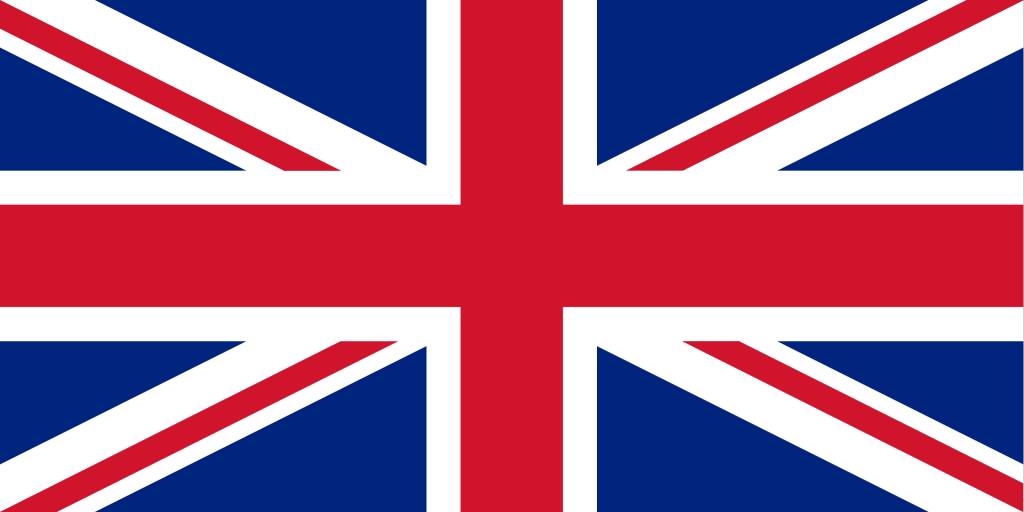Reminder of superannuation caps indexation for 2022
From 1 July 2021, the superannuation contributions caps have been indexed for the 2022 income year.
The new concessional contributions cap for the 2022 financial year is now $27,500 (increased from $25,000).
The new non-concessional (i.e., non-deductible) contributions cap for the 2022 financial year is now $110,000 or (where the ‘bring forward’ rules are applicable) $330,000 over three years (increased from $100,000 or $300,000 respectively).
The CGT cap amount for the 2022 financial year is now $1,615,000 (increased from $1,565,000).
Editor: The increase in the concessional contributions cap in particular will require those salary sacrificing additional superannuation to consider if they wish to increase their packaging arrangements so as to maximise the $2,500 increase in the cap.
Ref: ATO website, Key superannuation rates and thresholds: contributions caps, updated 6 July 2021.
Division 7A benchmark interest rate for 2022 remains unchanged
The Division 7A benchmark interest rate for the 2022 income year remains unchanged from the 2021 rate of 4.52%.
Ref: ATO website, Division 7A benchmark interest rate, 6 July 2021
Changes to STP reporting from 1 July 2021
Employers should have already been reporting through Single Touch Payroll (‘STP’) unless they only have closely held payees, or they are covered by a deferral or exemption.
From 1 July 2021, there have been changes to STP reporting for small employers with closely held payees and quarterly reporting for micro employers.
More specifically, for employers with closely held payees, employers must now report amounts paid to their closely held payees through STP.
They can choose to report such payments via one of three methods, being:
actual payments each pay day;
actual payments quarterly; or
a reasonable estimate quarterly.
For micro employers reporting quarterly, the STP quarterly reporting concession is only available to micro employers who meet certain eligibility requirements (which now include the need for exceptional circumstances to exist).
Ref: ATO website, Changes to STP reporting from 1 July, 16 July 2021
Maximum contributions base for super guarantee
The maximum super contributions base is used to determine the limit on any individual employee’s earnings base for superannuation guarantee purposes on a quarterly basis.
Employers do not have to provide the minimum quarterly support for earnings above this limit.
For the 2022 financial year, the maximum contributions base has increased to $58,920 (up from $57,090).
Editor: This means once an employee earns over $235,680 during the 2022 income year, no additional superannuation guarantee will generally be required to be paid by an employer.
Practically, this means that the maximum superannuation guarantee contribution that an employer must pay for the 2022 income year is 10% of $235,680 (or $23,568).
Ref: ATO website, Key superannuation rates and thresholds, Maximum super contribution base, updated 6 July 2021.
The ‘gigs up’ with a new sharing economy reporting regime
Treasury has released draft legislation introducing the long-awaited third party reporting regime (proposed to apply from 1 July 2022).
The new regime will initially require ride-sharing and short term accommodation online platform operators to report transactions they facilitate directly to the ATO.
This measure was first announced in the 2020 MYEFO (following a recommendation from the Black Economy Taskforce established in 2016).
It is intended to extend to all other types of sharing (‘gig’) economy online platforms such as food delivery and task services from 1 July 2023.
Under this new proposed regime, the identity of participants and payments they receive will be reported to the ATO (twice a year) to identify entities who may not be meeting their tax obligations.
Ref: Treasury website, Implementing a reporting regime for sharing economy platform providers, 6 July 2021
Taxable Payments Annual Reports (‘TPARs’) due 28 August
2021 TPARs are due to be lodged for businesses who have paid contractors to provide the following services:
building and construction;
cleaning;
courier, delivery or road freight;
information technology (‘IT’); or
security, surveillance or investigation.
With specific reference to the TPAR due on 28 August 2021, the ATO has reminded taxpayers they may need to report payments made to contractors during the 2021 income year for the first time.
This will particularly be the case where such payments were made for delivery services done on behalf of their business (i.e., perhaps as a result of a COVID-19 business ‘pivot’ during lock down periods).
Importantly, the ATO has reminded taxpayers that they already have the records needed to lodge a TPAR from preparing their relevant activity statements including the:
contractor’s name, address and ABN (if known); and
total amounts for the income year of payments to each contractor (including GST) and tax withheld where the contractor did not quote their ABN.
Ref: ATO website, TPAR – check if you need to lodge, 12 July 2021
New FBT retraining and reskilling exemption available
Recent legislative amendments mean that employers who provide training or education to redundant (or soon to be redundant employees) may now be exempt from fringe benefits tax (‘FBT’).
The ATO has reminded eligible employers that they can apply the exemption to retraining and reskilling benefits provided on or after 2 October 2020.
There are no limits on the cost or number of training or education courses that employees may undertake.
Furthermore, retraining and reskilling benefits that are exempt from FBT don’t need to be included in the FBT return, or in an employee’s reportable fringe benefits amount.
The ATO has also advised that if an employer has already lodged and paid for their 2021 FBT return, they will need to amend to reduce the FBT paid for any exempt retraining and reskilling benefits.
Ref: ATO website, FBT retraining and reskilling exemption now law, 19 July 2021.





